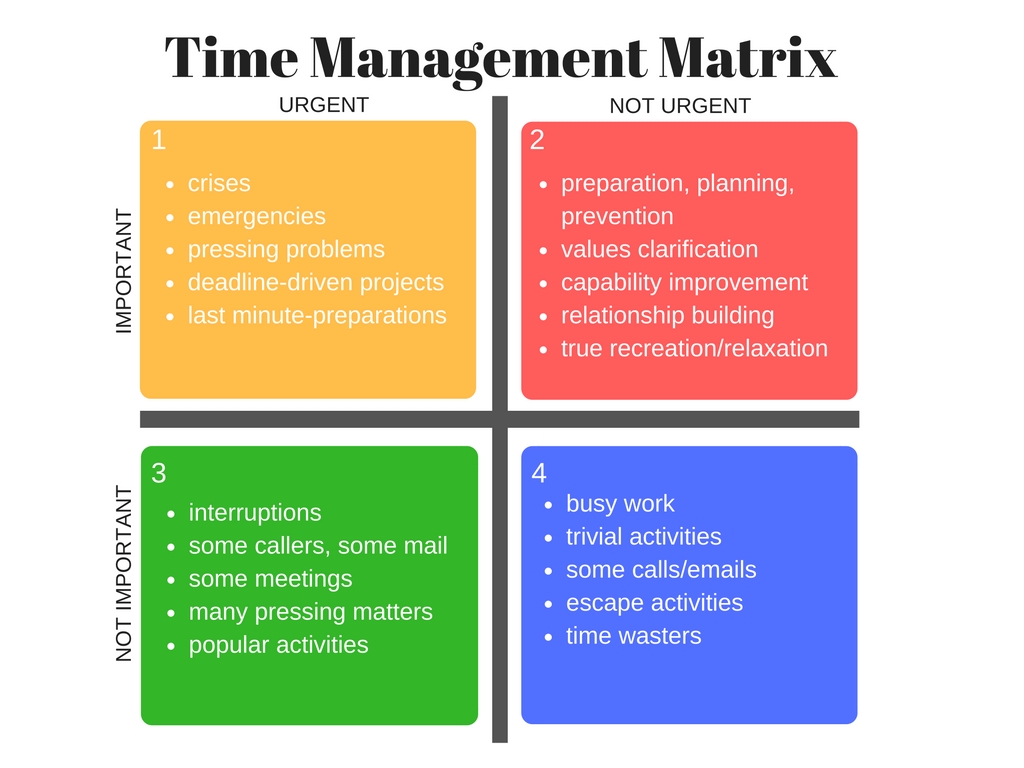Caed Quadrant System Presentation
| Introduction to the Caed Quadrant System | ||
|---|---|---|
| The Caed Quadrant System is a powerful framework for organizing and analyzing data. It was developed by renowned data scientist, Dr. John Caed. The system is based on dividing data into four quadrants, each representing different characteristics or dimensions. | ||
| 1 | ||
| Understanding the Quadrants | ||
|---|---|---|
| Quadrant 1: High Importance, High Urgency - This quadrant represents tasks or data that are both important and urgent. Quadrant 2: High Importance, Low Urgency - This quadrant represents tasks or data that are important but not urgent. Quadrant 3: Low Importance, High Urgency - This quadrant represents tasks or data that are urgent but not important. | ||
| 2 | ||
| Benefits of the Caed Quadrant System | ||
|---|---|---|
| Prioritization - The system helps individuals and organizations prioritize tasks and data based on their importance and urgency. Time Management - By categorizing tasks and data into quadrants, it becomes easier to allocate time and resources efficiently. Decision Making - The system provides a structured approach to decision making by considering the importance and urgency of various factors. | ||
| 3 | ||
| Implementation of the Caed Quadrant System | ||
|---|---|---|
| Step 1: Identify and categorize tasks or data based on their importance and urgency. Step 2: Plot the tasks or data on a quadrant chart, assigning them to the appropriate quadrants. Step 3: Review and reassess the categorization regularly to ensure tasks or data are up to date. | ||
| 4 | ||
| Examples of Caed Quadrant System Applications | ||
|---|---|---|
| Personal Productivity - Individuals can use the system to manage their tasks, prioritize their goals, and make efficient use of their time. Project Management - The system can be applied to project planning, helping teams prioritize tasks, allocate resources, and meet deadlines. Business Strategy - Organizations can use the system to analyze market trends, assess risks, and prioritize strategic initiatives. | ||
| 5 | ||
| Limitations of the Caed Quadrant System | ||
|---|---|---|
| Subjectivity - Assigning tasks or data to specific quadrants may vary depending on individual perspectives and priorities. Overemphasis on Urgency - The system focuses heavily on urgency, which may lead to neglecting important but less urgent tasks or data. Lack of Flexibility - The system may not accommodate complex or multi-dimensional factors that affect task or data prioritization. | ||
| 6 | ||
| Tips for Effective Use of the Caed Quadrant System | ||
|---|---|---|
| Regular Updates - Reassess and update the categorization of tasks or data to reflect changing priorities and circumstances. Clear Criteria - Define clear criteria for assigning tasks or data to specific quadrants to minimize subjectivity. Balance Importance and Urgency - Consider both importance and urgency when prioritizing tasks or data to ensure a well-rounded approach. | ||
| 7 | ||
| Case Study: Caed Quadrant System in Action | ||
|---|---|---|
| Present a real-life scenario or case study showcasing how the Caed Quadrant System was successfully implemented and its impact on productivity or decision making. Your second bullet Your third bullet | ||
| 8 | ||
| Key Takeaways | ||
|---|---|---|
| The Caed Quadrant System is a framework for organizing and analyzing data based on importance and urgency. It helps prioritize tasks, manage time, and guide decision making. The system has applications in personal productivity, project management, and business strategy. | ||
| 9 | ||
| Q&A and Conclusion | ||
|---|---|---|
| Open the floor for questions and discussion. Summarize the main points covered in the presentation. Conclude by emphasizing the value and potential of the Caed Quadrant System for individuals and organizations. |  | |
| 10 | ||








